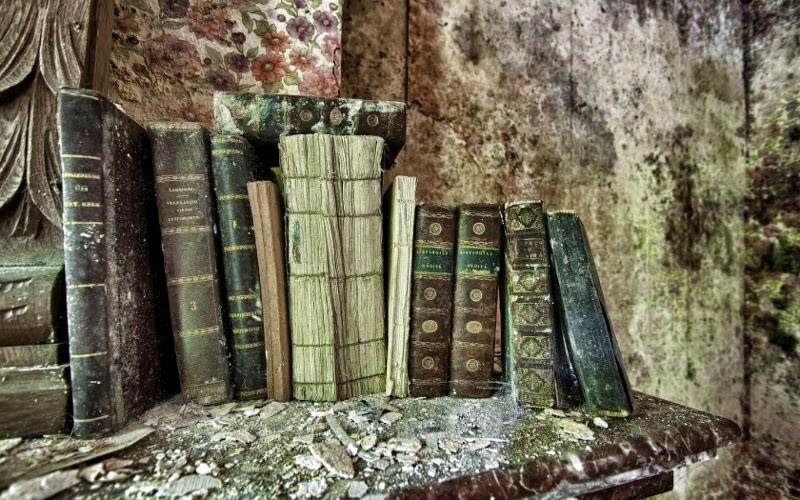 Gillespie and I by Jane Harris
Gillespie and I by Jane HarrisMy rating: 4 of 5 stars
I devoured this book. It has been a very long time since I deliberately woke up early to read more and wasn't, then, racing to finish the last few pages to get onto the next book. If anything, I was wishing for the book to suddenly develop extra chapters. The only other times I wished for this in recent memory was for A.S Byatt's The Children's Book and The Somnambulist by Essie Fox.
I didn't find any of the characters particularly endearing and that just made it all the better. I can say that all were interesting and surprising in their own way though. What made the book so clear for me is having been to Edinburgh recently, and having an image in my head of where it was taking place.
I would really love to write about the various elements and happenings in this book but I can't without completely ruining it for everyone else. In short, I am going to highly recommend it to my family and friends so that I can talk to someone about how fantastically marvelous it is.
Thanks for a brilliant book Jane. What's next?



















































